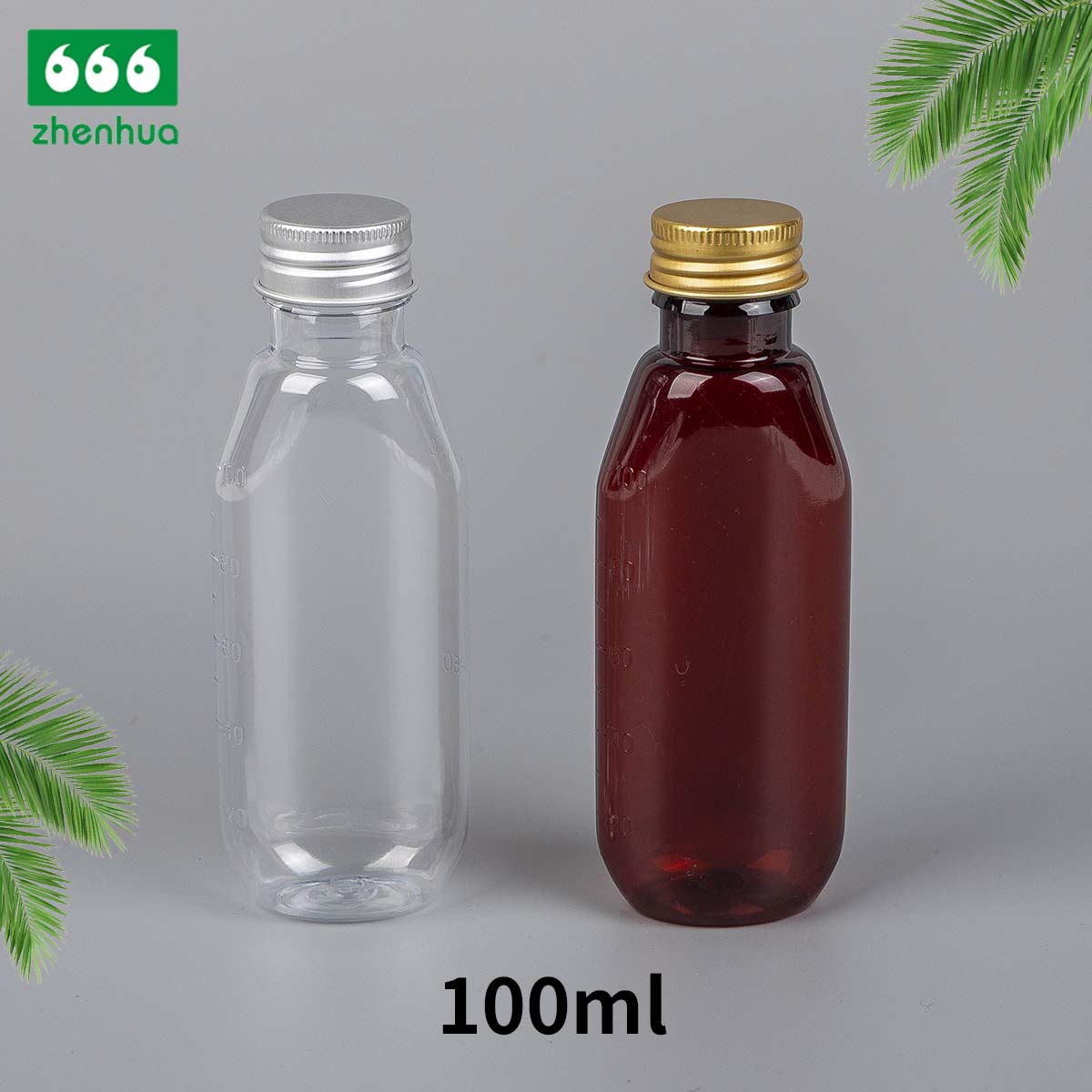The Evolving Market for Small Plastic Prescription Medicine Bottles: Trends and Future Prospects
The pharmaceutical packaging industry has undergone significant changes over the years, driven by advances in technology, increasing regulatory demands, and the ever-growing focus on patient safety. Among the various packaging solutions, Small Plastic Prescription Medicine Bottles have carved out a vital niche. These bottles are essential for safely storing and dispensing medications, and their design and manufacturing are constantly evolving to meet the needs of both patients and healthcare providers. This article explores the current trends, challenges, and future prospects of Small Plastic Prescription Medicine Bottles.
Small Plastic Prescription Medicine Bottles play a crucial role in the pharmaceutical supply chain. They are designed to protect the contents from contamination, ensure proper dosing, and provide clear labeling for patient safety. These bottles are commonly used for solid dosage forms like tablets and capsules, as well as for liquid medications. Their small size makes them ideal for individual prescriptions, especially for patients who need to carry their medications with them.
One of the key features of Small Plastic Prescription Medicine Bottles is their child-resistant closures, which are mandated by regulations to prevent accidental ingestion by children. These bottles are also designed to be tamper-evident, providing an added layer of security to ensure that the medication remains safe and intact until it reaches the patient.
Sustainability and Eco-Friendly Materials: As the world becomes more environmentally conscious, the demand for sustainable packaging solutions has grown. In the pharmaceutical industry, this has led to the development of Small Plastic Prescription Medicine Bottles made from recyclable or biodegradable materials. Companies are exploring the use of post-consumer recycled (PCR) plastics and bio-based plastics to reduce the environmental impact of their packaging. This trend is expected to continue, with more manufacturers adopting eco-friendly practices to meet consumer expectations and regulatory requirements.
Innovative Design for Patient Convenience: Patient adherence to medication is a critical issue in healthcare, and packaging can play a significant role in improving it. Small Plastic Prescription Medicine Bottles are being designed with features that enhance patient convenience, such as easy-to-open caps, dosage reminders, and ergonomic shapes. Some bottles are now equipped with smart technology, including digital timers or alarms that remind patients to take their medication. These innovations are aimed at improving patient compliance and ensuring that medications are taken as prescribed.
Enhanced Security Features: With the rise of counterfeit medications, the need for secure packaging has become more urgent. Small Plastic Prescription Medicine Bottles are increasingly being designed with advanced security features, such as tamper-evident seals, holographic labels, and RFID tags. These features help to ensure that the medication inside is genuine and has not been tampered with. As regulatory bodies tighten their requirements for pharmaceutical packaging, the incorporation of these security measures is likely to become standard practice.
Customization and Branding: Pharmaceutical companies are also recognizing the importance of packaging as a branding tool. Small Plastic Prescription Medicine Bottles can be customized with specific colors, shapes, and labels that align with a brand’s identity. This not only helps in brand recognition but also in ensuring that patients can easily identify their medications. Customization options also extend to the information provided on the bottles, with more detailed labeling that includes QR codes or barcodes for additional product information.
Despite the many advantages of Small Plastic Prescription Medicine Bottles, the market is not without its challenges. One of the primary concerns is the environmental impact of plastic waste. Although efforts are being made to use more sustainable materials, the vast majority of prescription bottles are still made from traditional plastics, which contribute to environmental pollution.
Another challenge is the need for stringent regulatory compliance. Pharmaceutical packaging is subject to rigorous standards to ensure patient safety, and manufacturers must continually adapt to new regulations. This can be particularly challenging for smaller companies that may lack the resources to quickly implement changes in their packaging processes.
For more information, please call us at +86-0576-87142888 or email us at [email protected].
The pharmaceutical industry is one of the most dynamic sectors in the global market, with innovation...
The global market for household products has seen rapid growth in recent years, driven by innovation...
The global kitchenware industry has seen a steady rise in the demand for practical and affordable ki...

 en
en
 English
English 中文简体
中文简体.jpg)
.jpg)


1.jpg)









